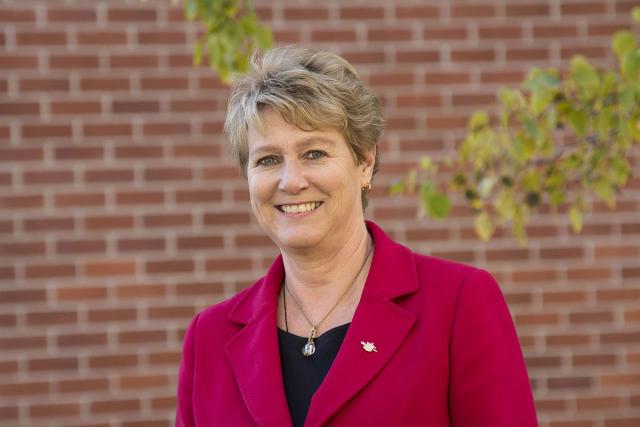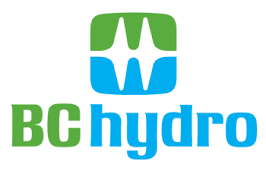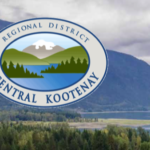Governments agree to bring salmon back to Upper Columbia River
In the spirit of partnership and reconciliation, a landmark agreement to explore salmon reintroduction into the Columbia River Basin between the Syilx Okanagan, Ktunaxa and Secwepemc Indigenous Nations, Canada and British Columbia was signed Monday in Castlegar. The Letter of Agreement is a commitment by the five governments to collaborate on exploring the reintroduction of Pacific anadromous salmon into the Canadian portion of the Upper Columbia River Basin. The reintroduction of salmon into these areas hopes to restore fish stocks to support indigenous food, social and ceremonial needs.
This collaborative effort will complement the current negotiation process between Canada and the United States to modernize the Columbia River Treaty. The Government of Canada is working closely with the Province of British Columbia and the Syilx Okanagan, Ktunaxa and Secwepemc Indigenous Nations to shape Canada’s approach to these negotiations.
“The Government of Canada is committed to a renewed relationship with Indigenous peoples based on the recognition of rights, respect, cooperation, and partnership,” said The Honourable Jonathan Wilkinson, Minister of Fisheries, Oceans and the Canadian Coast Guard. “By combining science and research with Indigenous knowledge and advice, we stand a much better chance of successfully reintroducing salmon to this portion of the river and, ultimately, increasing Indigenous communities’ access to more fish for food, social, and ceremonial purposes.”
“The loss of salmon from ?amakis Ktunaxa (Ktunaxa Nation territory) has had profound and long-term impacts on our Nation: socially, economically, culturally, spiritually and ecologically. The impacts to us have been comparable to the impacts of residential schools and forcing us on to reserves,” Kathryn Teneese, Chair, Ktunaxa Nation Council. “We have been working to restore the salmon since at least the 1950s, and today I am thrilled that the five governments that need to work together are doing just that: committing to work collaboratively to see what we need to do together to bring the salmon back. This is one small step on the long road to reconciliation.”
The Honourable Katrine Conroy, BC Minister Responsible for the Columbia River Treaty, participated in the signing.
“Restoring salmon runs on the Upper Columbia River is incredibly important for Indigenous Nations of the Basin, and will also benefit basin residents and the ecosystem. As the MLA for Kootenay-West and as the Minister Responsible for the Columbia River Treaty, I am very pleased by this step forward. “
Quick Facts:
● The construction of the Grand Coulee Dam in the 1930s and 1940s in the state of Washington blocked salmon from reaching the Upper Columbia River in Canada leading to the extirpation of salmon stocks.
● In 1964, Canada and the United States implemented the Columbia River Treaty to develop the hydroelectric potential of the Columbia River Basin and to manage flood risk. For more than 50 years, the Treaty has been a model of efficient work and cooperation benefiting both Canada and the United States.
● The two countries are in the process of negotiating to modernize the Treaty. The next round of negotiations is scheduled to take place in Cranbook, BC, September 10-11, 2019.
● The signing of the Letter of Agreement demonstrates a renewable three-year commitment amongst five governments to work together to explore ways to reintroduce salmon into the Upper Columbia River Basin. The reintroduction of salmon into these areas, if successful, could restore fish stocks to support indigenous food, social and ceremonial needs and harvest opportunities for Indigenous and non-Indigenous communities.
● Federal and Provincial science advice and Indigenous traditional knowledge will be key to ensuring any reintroduction of salmon into the Upper Columbia River is successful.


























Comments